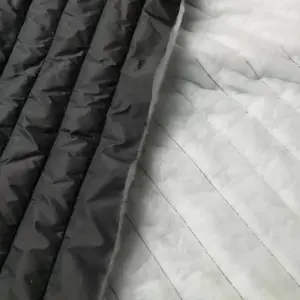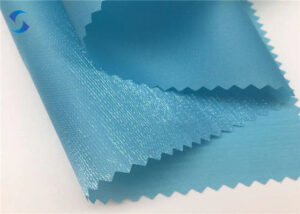What’s the Cost Difference Between Linen and Damask?
Introduction
Fabric compatibility plays a crucial role in fashion and sewing, impacting both the look and functionality of garments. Linen and damask are two popular fabrics, each with unique characteristics. Understanding their cost differences helps in making informed choices for various projects. In this article, you’ll learn about the cost differences between linen and damask, their properties, and how to use them effectively.
Cost Difference Overview
When considering the cost difference between linen and damask, it’s important to note that the price can vary based on several factors, including quality, source, and intended use. Generally, linen tends to be more expensive than damask due to its natural fiber content and labor-intensive production process. Damask, while also high-quality, can be more affordable because it is often made from a blend of fibers, including synthetics.
Fabric Properties Comparison Table
| Property | Linen | Damask |
|---|---|---|
| Fiber Content | Natural (flax) | Natural or synthetic blend |
| Weight and Thickness | Medium to heavy | Medium |
| Breathability | Excellent | Good |
| Moisture-Wicking | High | Moderate |
| Stretch and Elasticity | Low | Low to moderate |
| Wrinkle Resistance | Low | Moderate |
| Care Instructions | Hand wash or gentle machine wash, iron while damp | Machine wash, iron on low heat |
| Durability | High | High |
Benefits of Mixing These Fabrics
Combining linen and damask can enhance texture and visual interest, creating a sophisticated look in both fashion and home decor. Linen’s natural breathability and damask’s intricate patterns provide improved comfort and performance. This pairing offers better drape and movement, making it suitable for various designs. Additionally, mixing these fabrics can be cost-effective, especially when using damask as an accent. Their compatibility also allows for seasonal versatility, from summer dresses to winter tablecloths.
Potential Challenges
While mixing linen and damask offers numerous benefits, there are potential challenges to consider. Different shrinkage rates can affect the final product, so pre-washing is essential. Conflicting care requirements may require careful planning, such as washing in cold water and air drying. Texture clash or pilling might occur, requiring gentle handling. Seam puckering can be minimized by using appropriate sewing techniques. Color bleeding or fading can be addressed by testing for colorfastness before combining.
Sewing & Styling Tips
To successfully sew and style linen and damask together, use a sharp needle, such as a universal size 80/12. Choose a strong, lightweight thread to prevent puckering. Interfacing may be needed for structure, while seam finishing techniques like French seams add durability. Select patterns that highlight the fabrics’ strengths, such as A-line dresses or layered skirts. For home decor, consider mixing these fabrics in table runners or cushion covers for an elegant touch.
Care & Maintenance Guide
Proper care extends the life of linen and damask blends. Wash on a gentle cycle with cold water and mild detergent. Air drying is preferred to prevent shrinkage. Iron linen while damp and use a low setting for damask. For stain removal, treat spots immediately with a fabric-safe cleaner. Long-term care involves storing in a cool, dry place to prevent mildew and damage.
FAQ Section
- Can you wash linen and damask together? Yes, but use cold water and a gentle cycle.
- Will linen shrink more than damask? Linen is more prone to shrinkage, so pre-wash both fabrics.
- What needle size should I use for sewing these fabrics together? Use a size 80/12 universal needle.
- Can you mix linen and damask in one garment? Yes, they pair well for stylish and functional designs.
- How do you prevent seam puckering when combining these fabrics? Use a lightweight thread and adjust tension.
- Is it okay to mix linen and damask for upholstery? Yes, but consider durability and care requirements.
- What’s the best way to finish seams with these fabrics? French seams or serged edges work well.
In conclusion, understanding the cost difference between linen and damask, along with their properties, allows for creative and practical fabric pairing in various projects. By considering factors like care requirements and sewing techniques, you can achieve beautiful results in both fashion and home decor.


Leave a Reply